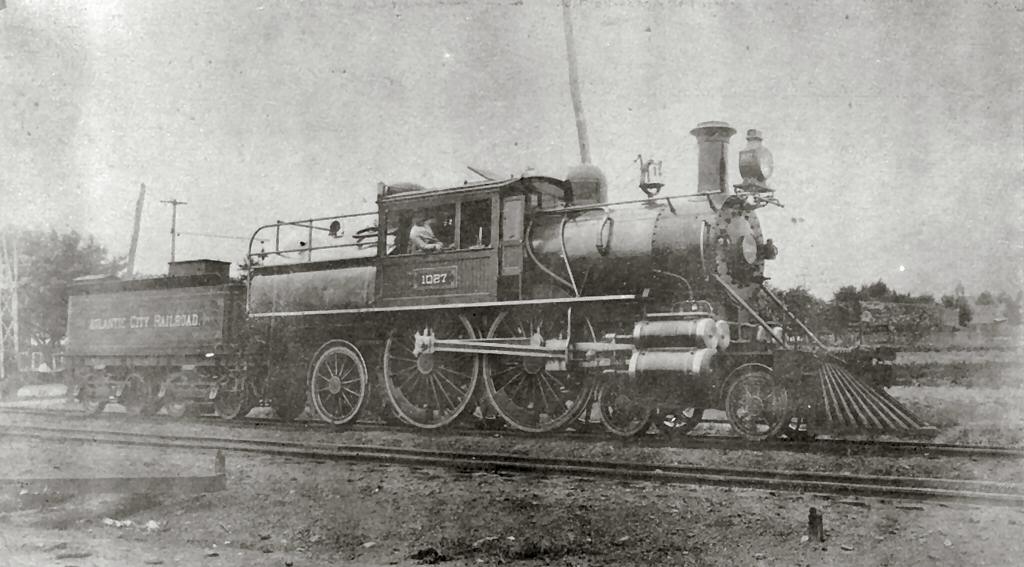Originally Posted by jd-train:
I would love to have a model of the K1. It would be awesome pulling a string of 15 - 20 coal cars! 
Jim
Believe it or not, the K-1's were not designed for coal trains. They were intended for merchandise trains between Hagerstown and Bethlehem - Reading's version of fast freights or "time freights." They ran on the "Dutch Line," jointed owned by the Reading and the Western Maryland, between Hagerstown and Lurgan. The Philadelphia, Harrisburg & Pittsburgh Branch connected Lurgan and Harrisburg (The concrete arch bridge across the Susquehanna River stands north of I-83. Norfolk Southern uses it.). At Harrisburg, the Lebanon Valley Branch provided access to Rutherford Yard west of Hershey and extended to Reading, where it met the East Penn Branch to Allentown and Bethlehem.
The K-1's were the world's largest 2-10-2's. They ended their careers in "push-up" (helper) service on the 2.6% westbound grade from Gordon to Locust Summit. In the early 1950's, the remaining T-1 4-8-4's replaced them.
K-1's were rebuilt from N-1 2-8-8-2's to obtain faster heavy freight locomotives. They hauled just about anything. With their long, elegant 19,000-gal. and 26-ton tenders, they would be impressive sights on "O" gauge layouts.










